The Essentials of Using a Machine for Lawn Maintenance
Maintaining a lush and vibrant lawn is a task that requires not just dedication, but also the proper use of tools like the over seeding machine. When it comes to boosting your turf’s density and fostering a healthy growth environment, an overseeder is irreplaceable. This machine delicately sows seeds directly into the existing lawn, ensuring enhanced seed-to-soil contact which is critical for germination.
Utilizing an overseeder allows for uniform distribution, reducing the chances of patches or areas where the grass may appear thinner. It’s important to note that while overseeding can be performed manually, the precision and efficiency afforded by a mechanical tool simply can’t be matched.
Before deploying it, you should mow the lawn to a low height and remove the clippings to provide seeds with unobstructed access to the soil. Consistent watering post-application is vital to ensure the seeds take root successfully.
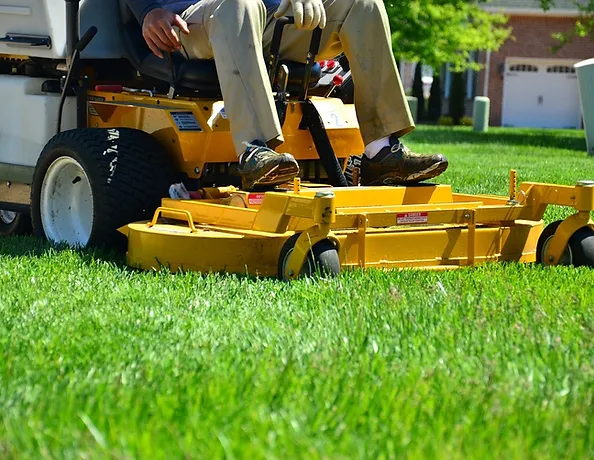
Understanding the Basics of an Overseeder for Lawn Care
Grasping the fundamentals of an overseeder is crucial for any homeowner or professional aiming for exemplary lawn maintenance. Overseeding is not merely a process; it’s a strategic approach to ensure your lawn remains thick, vigorous, and visually appealing. By opting to overseed, you’re committing to a method that supplements your lawn with fresh, new grass seeds to fill in bare spots and enhance grass density.
The right moment for overseeding typically intertwines with the growth cycle of your turf—identifying this window is vital for optimum results. Turf Medic understands that a uniform application of seeds is essential, that’s why leveraging an overseeder becomes a game-changer in lawn care management.
With an overseeder, you’ll find that spreading seeds evenly across the expanse of your lawn is streamlined, eliminating patchiness and contributing to more consistent turf quality. Commitment to regular lawn maintenance, incorporating techniques like overseeding, significantly uplifts the health and aesthetics of your greenspace. It’s an investment into your lawn’s future, dignifying your home with a lushness that only a well-maintained lawn can offer. Remember, a routine overseed is a staple in the diary of a devoted turf caretaker.
Preparing Your Lawn for Success
Optimizing your lawn for *overseeding* is a critical step towards achieving that lush, vibrant turf you desire. To start the preparation, ensure your lawn’s surface is receptive to new growth. This means addressing any compacted soil issues which can be an impediment to successful overseeding. The process requires meticulous effort; care must be taken not to miss patches or over-apply seeds.
Prior to employing the machine, a thorough raking to remove thatch and debris is crucial. This encourages better seed-to-soil contact, a vital factor for germination. Furthermore, efforts may falter if your lawn’s moisture levels aren’t optimally balanced. A well-irrigated lawn provides a nurturing environment for new seeds to establish and thrive.
Step-by-Step Guide
Overseeding is a process of planting new grass seeds into your existing lawn without tearing up the grass or the soil. It’s an easy way to fill in bare spots, improve the density of turf, establish improved grass varieties and enhance your lawn’s color. Here’s a step-by-step guide based on the information I found online:
1. Dethatch and Aerate the Lawn: Before overseeding, it’s important to prepare the soil. This may involve dethatching and aerating the lawn if necessary. Dethatching removes thick layers of dead grass and other organic material that can prevent seeds from reaching the soil. Aeration helps loosen compacted soil and create small holes for the seeds to fall into and take root.
2. Mow the Lawn: Mow your lawn shorter than usual and bag the clippings. This helps the seeds reach the soil surface and establish better contact.
3. Prepare the Soil: Use a rake to remove any remaining debris and to roughen the soil slightly. This will help the seeds to make good contact with the soil.
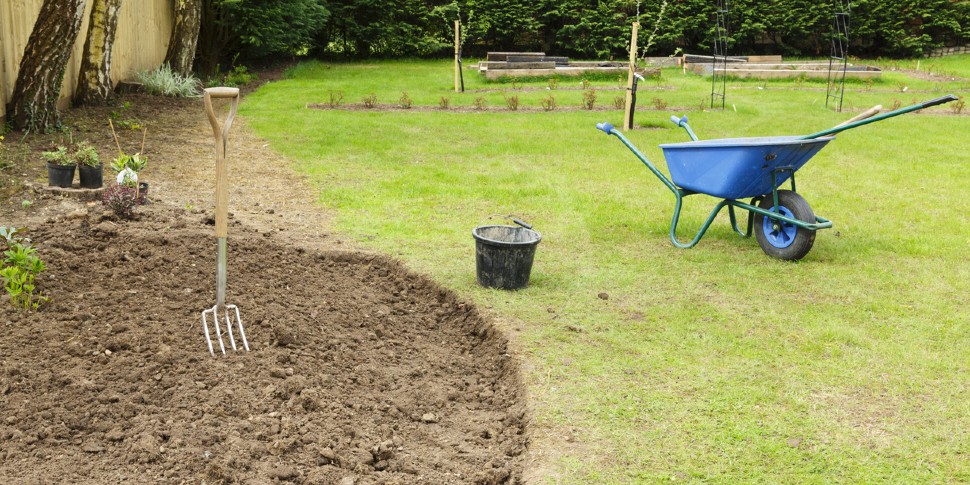

4. Seed Application: Apply the grass seed evenly over the lawn using an overseeding machine. Follow the recommended seeding rates on the product label.
5. Fertilize and Prevent Weeds: After seeding, apply a starter fertilizer to provide essential nutrients for the new grass. Also, consider using a weed preventer that is safe for new grass.
6. Water: Water the lawn immediately after. Keep the soil moist by watering daily or as needed until the new grass reaches mowing height.
7. Mowing: Once the grass has reached mowing height, follow regular mowing practices. Be sure to set your mower blades at a higher setting than normal to allow for maximum vigor.
By following these simple steps, you can easily improve your lawn and create an inviting green space that is sure to be the envy of your neighborhood!
The Role of Grass Type in Effective Overseeding
When considering the impact of grass type on effective overseeding, it’s important to recognize that matching the right grass species to your climate and soil conditions is paramount. Every variety of grass has its own growth habits and environmental preferences which, when aligned with proper overseeding techniques, can transform a sparse lawn into a lush, green oasis. The success of overseeding hinges on selecting a compatible grass type that will integrate seamlessly with the existing turf, ensuring uniformity and vitality across your lawn.
Whether you’re nurturing cool-season grass types that flourish in milder temperatures or warm-season varieties that thrive under the scorching sun, the key to a vigorous lawn lies in the strategic application of an overseer machine.
Selecting the Right Seed
When looking to rejuvenate your lawn with an overseeder machine, the type of seed you choose is paramount to achieving a lush, healthy turf. It’s not just about scattering any seed into the mechanism of your overseeding machine; it’s about matching the right seed to your lawn’s specific conditions and the capabilities of your machine. Our experts at Turf Medic understand that the success of overseeding greatly hinges on seed selection. In regions with cooler climates, for instance, you’ll want a seed that thrives in those temperatures. Conversely, warmer areas call for seed varieties that withstand heat and drought. It’s crucial, therefore, to select a seed that not only aligns with your machine’s specifications but also complements the existing grass variety.
This way, you enable a seamless blending of new and old grasses, ensuring uniform growth and color. Additionally, the quality of the seed is a non-negotiable factor. Premium seed might come at a higher cost, but the investment is often visible in the superior density and vitality of your lawn post-overseeding. Always lean towards reputable brands and tested varieties known for their vigor and disease resistance to get the most out of your overseeding machine.
How to Choose High-Quality Seed
When it comes to establishing a verdant and vigorous turf, selecting a high-quality seed for overseeding is paramount. At Turf Medic, we understand that the quality of the seed invariably affects the success of your overseeding efforts. The process begins by identifying the right seed that is compatible with the existing lawn species and the environmental conditions it’s subjected to. High-quality seed should boast superior genetic characteristics, promising a dense, lush, and disease-resistant lawn.
Ensure that the seed’s purity levels are high, with minimal inert matter or weed seeds that could compromise the uniformly manicured aesthetic of your greensward. As overseeding aims to enhance the density and health of your lawn, it’s essential the seed boasts a high germination rate to guarantee swift and uniform growth.
When using a machine, we recommend that the seed is appropriately calibrated to the machine’s specifications to avoid wastage and ensure even distribution. By rigorously adhering to these criteria—purity, adaptability, and germination rate—when selecting your seed for overseeding, your lawn stands the best chance to flourish and exhibit the resplendent results you desire.
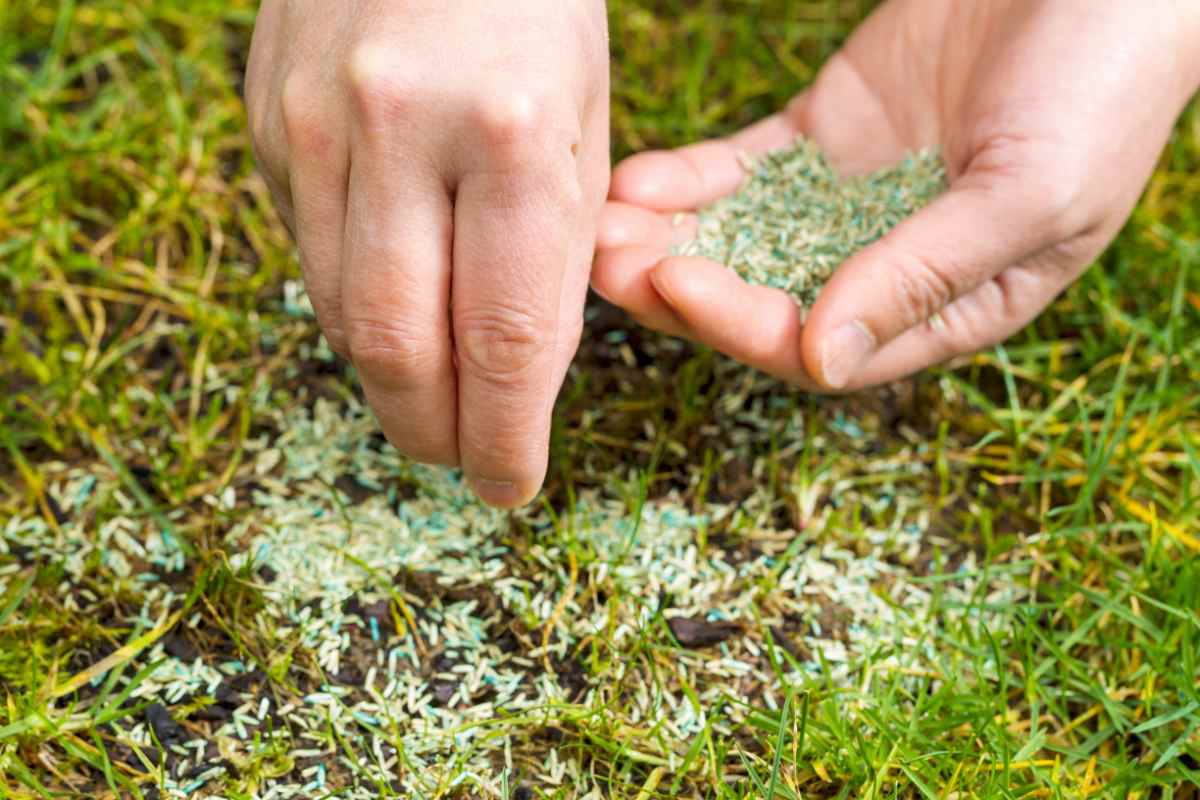
Best Practices
When it comes to maintaining a lush lawn, the use of an overseeder machine is a fundamental technique that can’t be overlooked. Operating an overseeder requires a certain level of finesse and understanding of best practices to ensure optimal germination and lawn health. Firstly, one must select the right seed tailored to their lawn’s conditions; this is crucial for the maintenance and vitality of the turf. Prior to deploying the overseeder, the lawn should be carefully prepared—a step that’s essential for the seed to make adequate contact with the soil.
Furthermore, ensuring that you’re using high-quality seed is paramount when working with an overseeder; quality seed contributes to the overseeder’s performance and the overall success of the lawn’s rejuvenation.
During the operating process, consistently monitor the machine’s distribution patterns and the rate at which the seed is dispensed, adjusting settings as necessary for uniform coverage. Best practices also call for performing during optimal weather conditions to facilitate ideal seed germination and growth.
Maintaining Your Machines for Longevity
For those who’ve invested in an overseeder, ensuring its longevity is paramount to maintaining a lush, vibrant lawn season after season. The key to a machine’s durability is it’s proper care. Regular cleaning to remove grass clippings, soil, and other debris is critical to prevent clogging and corrosion. After each use, inspect your overseeder for signs of wear or damage, focusing on the calibration of the seed dispersal mechanism to ensure even distribution.
It’s also advisable to check the manual for specific care instructions unique to your machine’s make and model. Lubricating moving parts can be a cornerstone care practice; using the correct oil or grease can vastly enhance the machine’s lifespan. Additionally, storing the equipment in a dry, sheltered area will protect it from the elements.
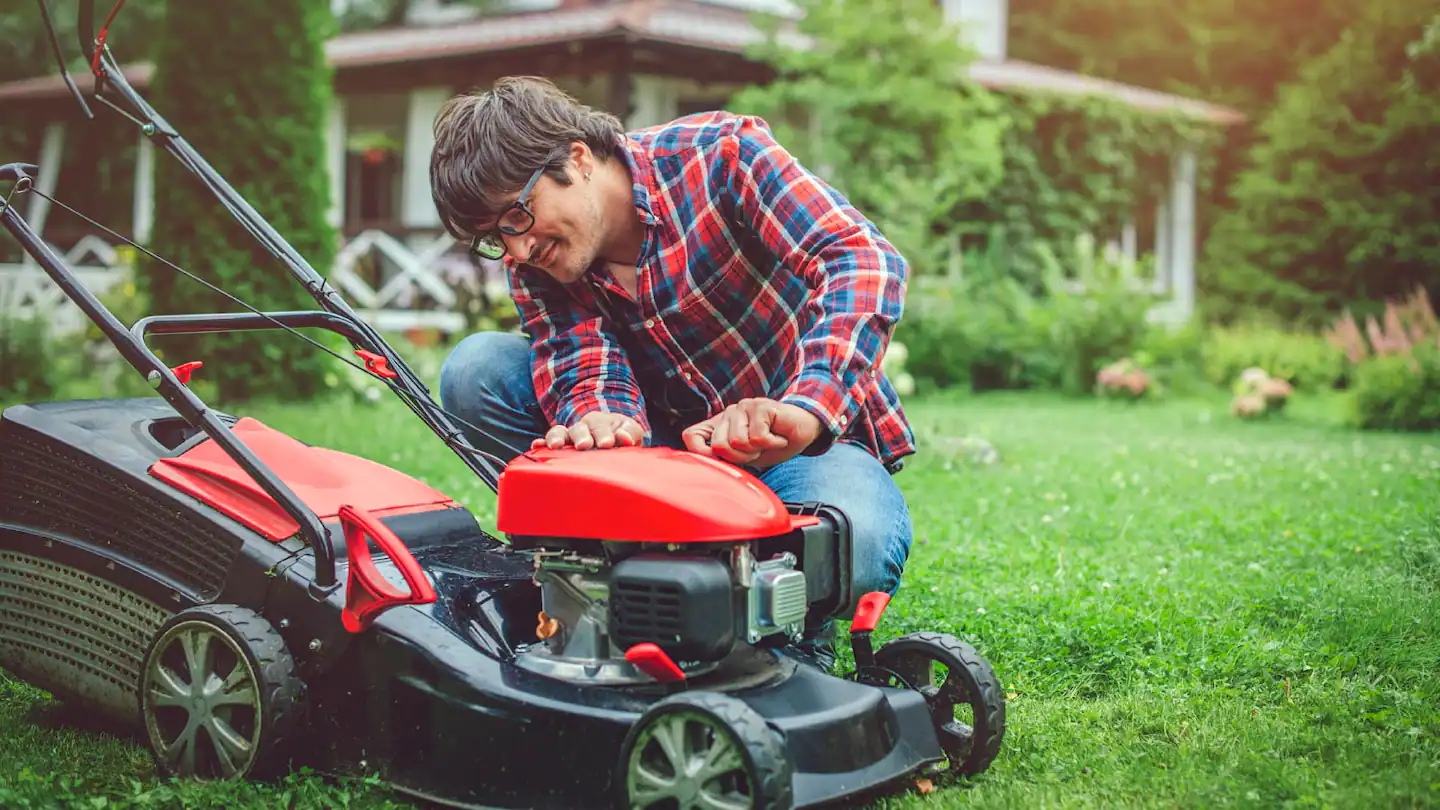
Maximizing Grass Growth with Proper Techniques
To ensure the thriving vitality of your lawn, understanding and utilizing the right overseeding techniques are instrumental. Grass growth can be significantly improved when overseeding is performed diligently, targeting the areas of your lawn that require rejuvenation. At Turf Medic, we champion the meticulous care of your turf through precision-based overseeding, which not only adds density to your lawn but also enhances its resilience against environmental stressors.
Techniques involve carefully selecting a blend of high-quality seed that complements the existing grass, ensuring a harmonious integration and robust expansion of your lawn’s green canvas. When executed effectively, overseeding can fill in bare spots, improve the lawn’s color, and fortify the grass against pests and diseases.
Adapting these lawn care procedures will make all the difference in achieving the desired verdancy and lushness. By entrusting your lawn to Turf Medic’s expertise, you’re opting for a level of care that guarantees your grass’s optimal growth and the prolonged beauty of your outdoor spaces.
The Importance of Timing in the Process
Understanding the ideal timing is crucial in the overseeding process for establishing a lush, vibrant lawn. Timing intertwines with the natural growth cycle of grass, where each season plays a pivotal role in nurturing the lawn care ritual. To capitalize on the process, it’s important to align this task with the season that best supports germination and growth for the specific type of grass in question.
Typically, the cool seasons are prime time for cool-season grasses, while warm-season varieties thrive when overseeded in the late spring or early summer. An overseeder machine can be remarkably effective, but if the timing is off, even the high-quality seed might fail to establish.
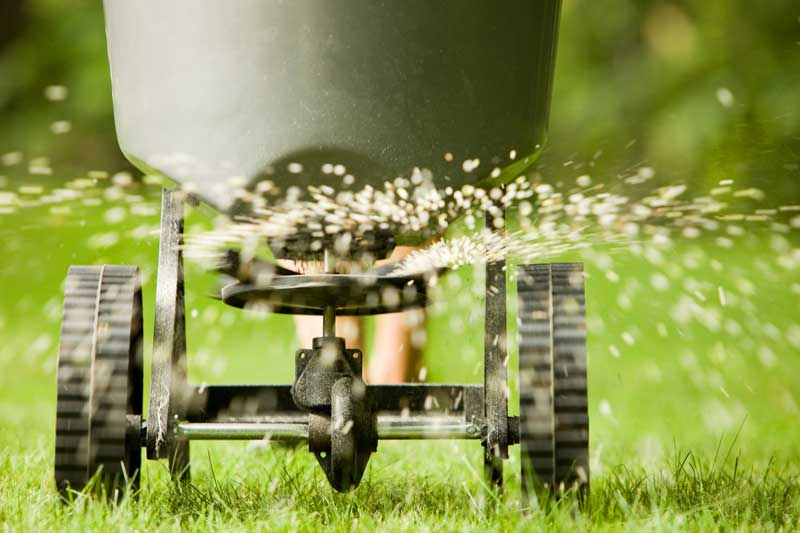
Advantages of Using an Overseeder for Lawn Enhancement
When it comes to lawn enhancement, the advantages of using an overseeder are unparalleled. As lawn care experts, we at Turf Medic understand the critical role that overseeding plays in maintaining a lush, healthy turf. One of the primary benefits of an overseeder is its ability to rejuvenate a tired lawn by introducing new grass seeds into existing turf, creating a denser and more vibrant appearance.
Utilizing an overseeder for lawn enhancement ensures even seed distribution, which is crucial for uniform growth and aesthetic appeal. This maintenance strategy also helps in crowd out potential weeds by thickening the lawn, leaving little room for unwanted plants to take hold.
Moreover, this is vital for the lawn’s longevity, as it encourages stronger root systems that enhance the lawn’s resilience against drought, disease, and pests. Additionally, proper care post-overseeding can dramatically improve the overall health and texture of your turf. Implementing overseeder techniques strategically aligns with best practices in lawn maintenance, ensuring your greenspace remains in top condition throughout the seasons.
Comparing Overseeding to Traditional Lawn Maintenance Methods
When considering the health and density of a lush lawn, it’s crucial to explore the benefits of overseeding as opposed to relying solely on traditional lawn maintenance methods. Comparing the two, overseeding specifically targets areas where grass is thinning, injecting new life into your turf with an infusion of fresh seeds that promise revitalization.
Traditional care, while foundational, often revolves around regular mowing, watering, and fertilizing, which may not adequately address the issue of patchiness or wear. With overseeding, you introduce a new generation of grass that can coexist with your current lawn, leading to a denser, more resilient turf suited for battling diseases, pests, and environmental stresses.
Employing this technique as part of your overarching lawn maintenance strategy can significantly improve the lawn’s vitality, especially when aligned with best practices for care, including the selection of high-quality seed tailored to your specific grass type and environment. The key takeaway from this comparing exercise is that overseeding doesn’t replace traditional methods but complements them, offering a robust solution for homeowners seeking to enhance their lawn’s aesthetics and health through comprehensive care.
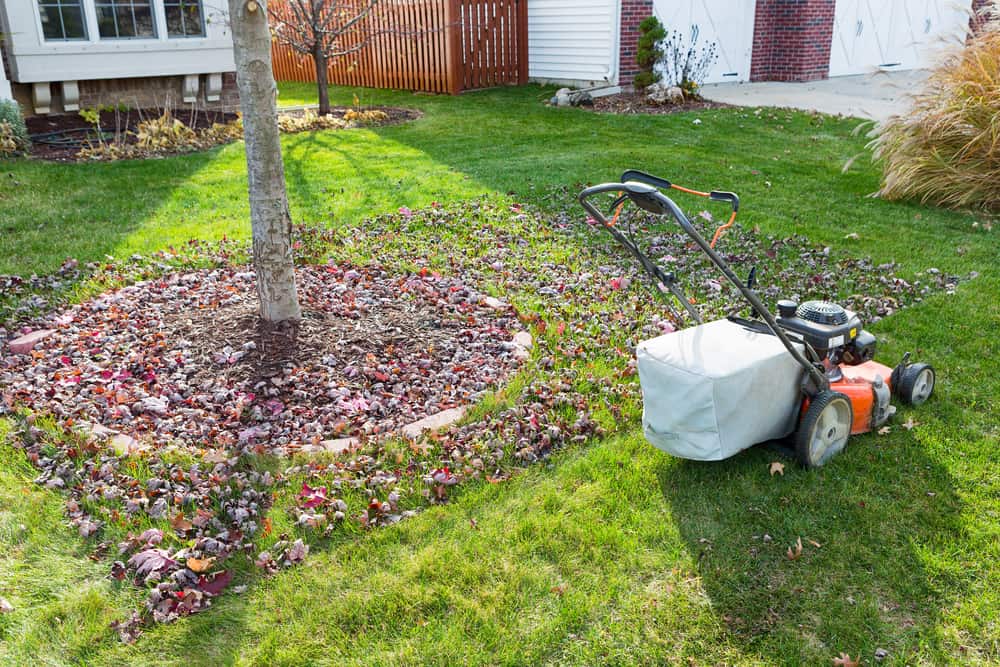
Troubleshooting Common Issues with Machines
Effective lawn care often hinges on the proper functioning of your overseeder machine, and at Turf Medic, we understand that troubleshooting common issues is paramount for maintaining a pristine lawn. The most frequent problems with an overseeder can usually be traced to maintenance oversights. Regular checks are essential to prevent disruptions that can impede the machine’s ability to distribute seeds evenly. If you’re encountering issues, the first step is to ensure that the overseeder hasn’t been clogged by soil or old grass clippings. This is a typical scenario that demands immediate attention. Additionally, inspect the machine’s blades; dull or damaged blades can hinder its operation, resulting in poor seed-to-soil contact.
Another aspect to consider in your troubleshooting process is calibration. An improperly calibrated overseeder may release too much or too little seed, causing an uneven lawn density. Lastly, don’t overlook the importance of quality seed selection as incompatible seed types can also contribute to overseeding problems. High-quality seed tailored to your lawn’s conditions is crucial for optimal results. By systematically addressing these common issues, you can ensure your overseeder machine performs efficiently, paving the way for a lush, vibrant lawn.
Seed Usage Tips for Efficient Overseeding with Your Machine
To ensure efficient overseeding with your machine, it’s essential to employ seed usage tips that cater specifically to your lawn’s needs. First, determine the correct seed variety that aligns with your grass type, as this plays a pivotal role in the success of the overseeding process.
When loading your overseeding machine, adhere to the manufacturer’s recommendations on seed rates to avoid excessive or insufficient distribution, which can lead to patchiness or competition for resources. It’s also vital to choose high-quality seed with a high germination rate and free of weed seeds and fillers for maximized growth.
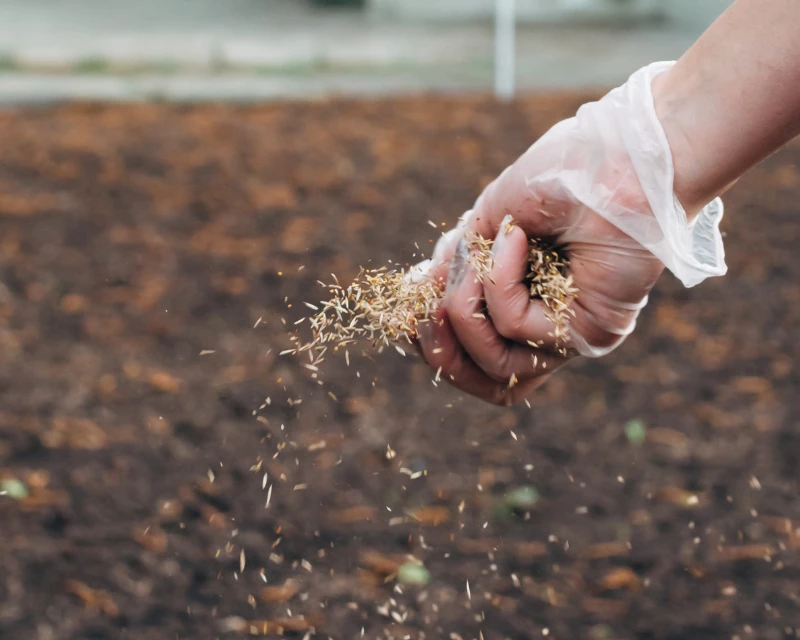
Contacting Professionals for Overseeding and Lawn Maintenance
When it comes to ensuring the success of overseeding lawn, contacting professionals can make a significant difference. The intricate process of overseeding requires precision, and professionals from reputable services like Turf Medic possess the expertise to carry out the task efficiently. A professional lawn maintenance service is equipped with an array of high-quality machines that are meticulously maintained for optimal performance.
This expertise is complemented by an in-depth knowledge of grass types, seasonal timing, and the selection of the appropriate high-quality seed, all of which are crucial for effective lawn care. The professionals embrace best practices for operating overseeders, leading to maximized grass growth and the revitalization of your turf. Their understanding of how overseeding compares to traditional lawn maintenance methods enables them to provide a tailored approach to care for your lawn’s unique needs.
By entrusting your lawn to specialists, you alleviate the hassle of troubleshooting common issues with overseeder machines, and can be confident that every seed usage is optimized for efficient results. Make your next step in lawn maintenance a confident one by contacting the team at Turf Medic for your overseeding services.
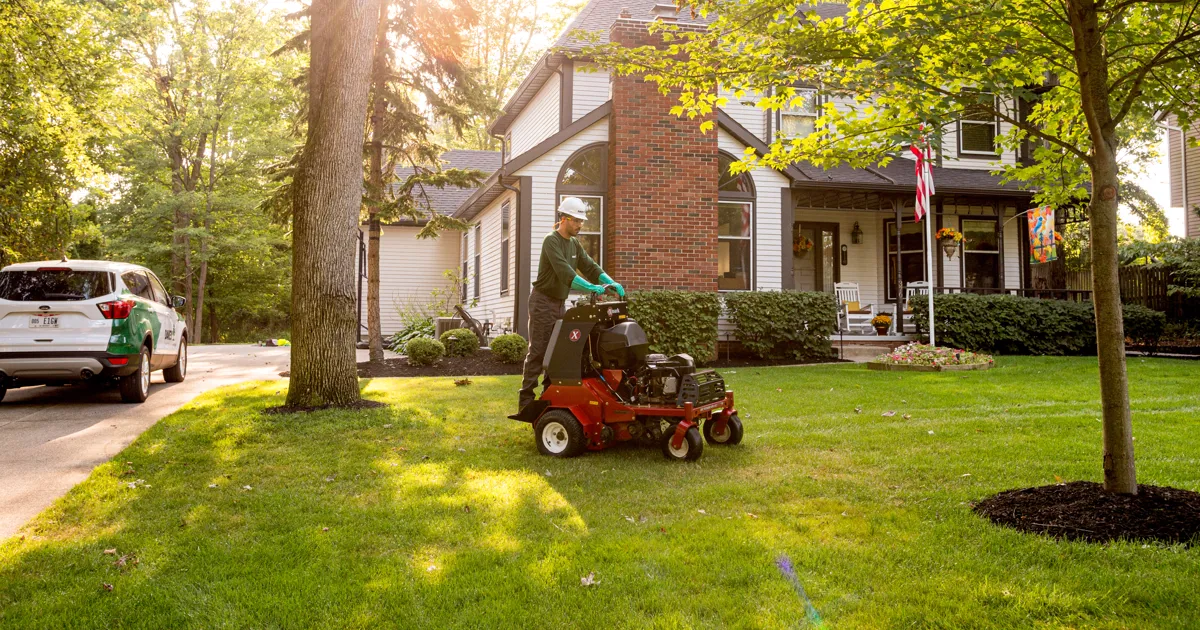
Conclusion
Using an overseeder can significantly improve the health and appearance of your lawn. By following this guide, you can effectively help your lawn, filling in bare spots, enhancing color, and promoting denser growth. Remember, the key to success is preparing the soil correctly, choosing the right seed, applying it properly with your machine, and caring for your lawn post-seeding with proper watering and fertilization. Contact us at Turf Medic for assistance with any of these steps and to ensure you get the best results!
Return to the main Overseeding page here.

Recent Comments